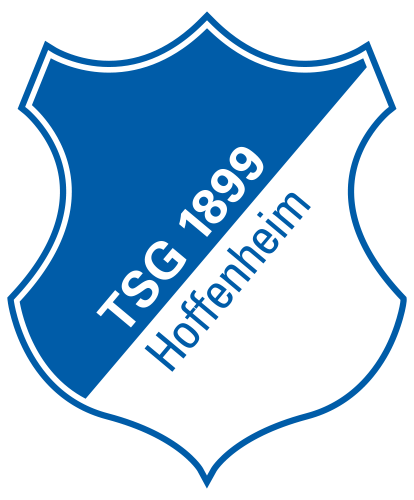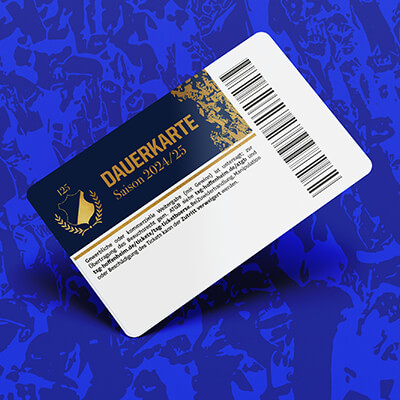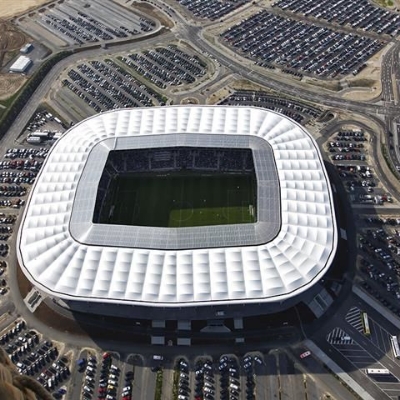Goal or no goal? Technology should help
“Goal-line technology” describes a technical tool that should help indicate to referees whether the whole ball has crossed the line or not. Sports manufacturers, businesses and science institutes have been working on the development of the concept for the last eight years.
The existing system is split into roughly two functions: Either the position of the ball is transmitted by radio signal or through a visual recognition system. Both systems work with a special watch that is worn by the referee and vibrates when the ball crosses the line. The decision of whether it's a goal or not remains one for the referee.
A chip in the ball
The radio signal method is similar to an anti-theft device in shops. Antennae generate a magnetic field that starts on the goal line. The moment the entire ball enters this area, the field changes and a signal is sent to the referee. In order for this to work, magnetic coils have to be integrated into the ball. This case has been labelled the “chip in the ball.”
The problem: This technology needs a special ball. The varying club and international suppliers must first agree on a design. Whether the flight characteristics of the ball will change has yet to be confirmed. Critics question whether the system is 100% reliable or not. The very weak magnetic field could be influenced by a number of other factors, which in turn would make the system defective.
Hawk-Eye
The visual recognition system is called Hawk-Eye and for the last few years has been successfully used in other sports like tennis or cricket. Several high-speed cameras work out the exact location of the ball. The moment the ball crosses the line, the referee will receive a signal.
The problem: The ball has to be visible. For example, should the ball be blocked by players then the system may fail. The acquisition and use of the system is also more expensive.
For and against
Two main arguments have stood out against the use of the system: The use of the technical aid could be expanded to help with other decisions in the game, such as offside calls or fouls, which in turn would radically change the essence of football. The other argument is the cost. Only professional clubs could afford the system, leaving the amateur clubs some way behind.
Another point of criticism was highlighted by Arsène Wenger, manager of Arsenal. “Football can be so fast that the ball goes in and out of the goal, and something can happen during that moment and the moment the signal reaches the referee.” Arsenal's manager added an example: “The ball goes in, then comes back out again and then someone commits a foul. The referee awards a free kick to the defender, but then a goal goes in at the same time he decided to give the foul.”
Who is making plans for the technology?
In principle, everyone agrees on one thing: Players, managers and referees have almost unanimously called for the introduction of goal-line technology. In the past, the national and international organisations had their concerns, but recently have had a change in thought.
World football association FIFA tested the system at the 2012 Club World Cup and at the 2013 Confederations Cup. The systems were a mix of both visual recognition and radio signal. The results of the test run have yet to be revealed by FIFA.
The English Premier League has introduced Hawk Eye for the start of the new season. The Eredivisie in the Netherlands has also started to use the system, but on a two-year test contract.
In Germany, both the German FA and the German Football League have agreed on a test run for the 2015/16 season. Chief executive of the German Football League Andreas Rettig explained why: “Currently, in our opinion, we don't think there is a perfectly engineered system that justifies immediate implementation to make such final and lasting decisions.”
Match facts and statistics »





















